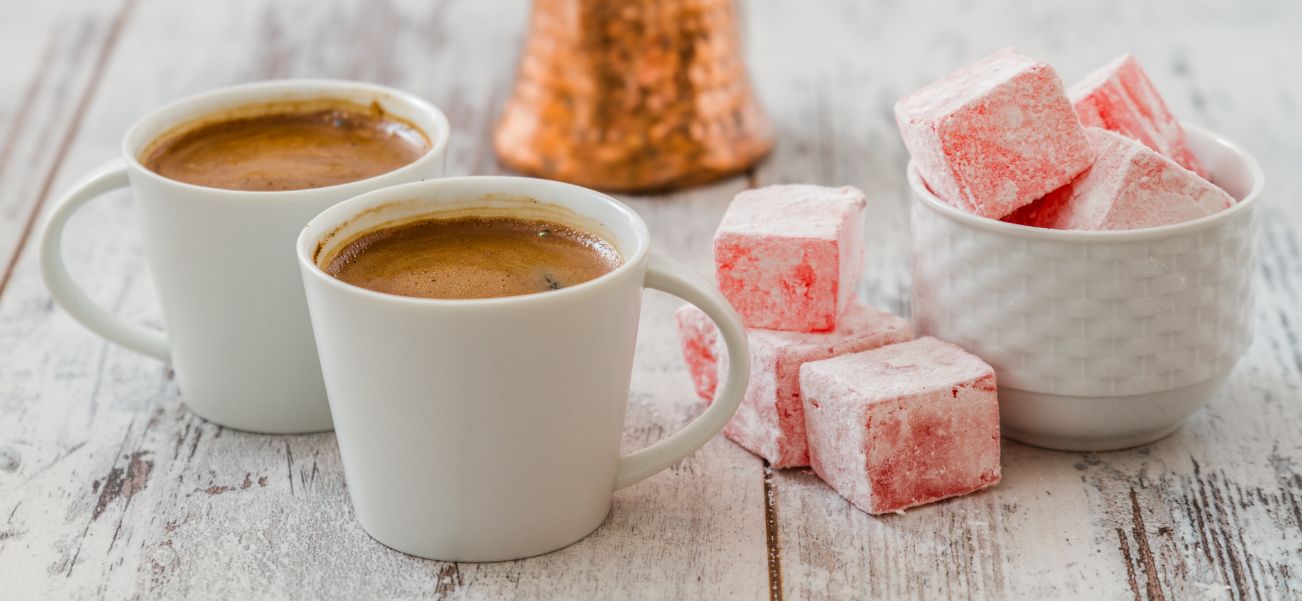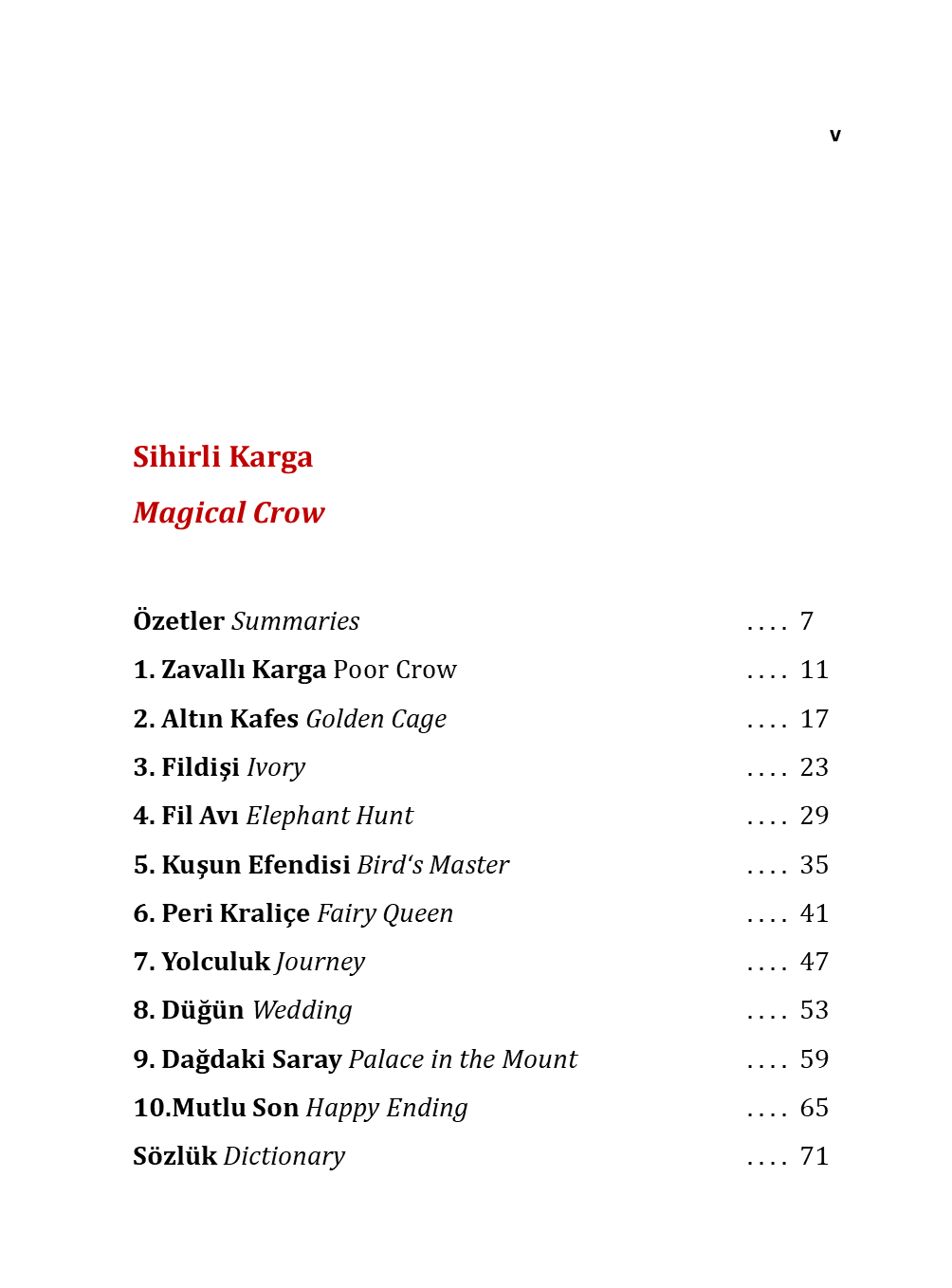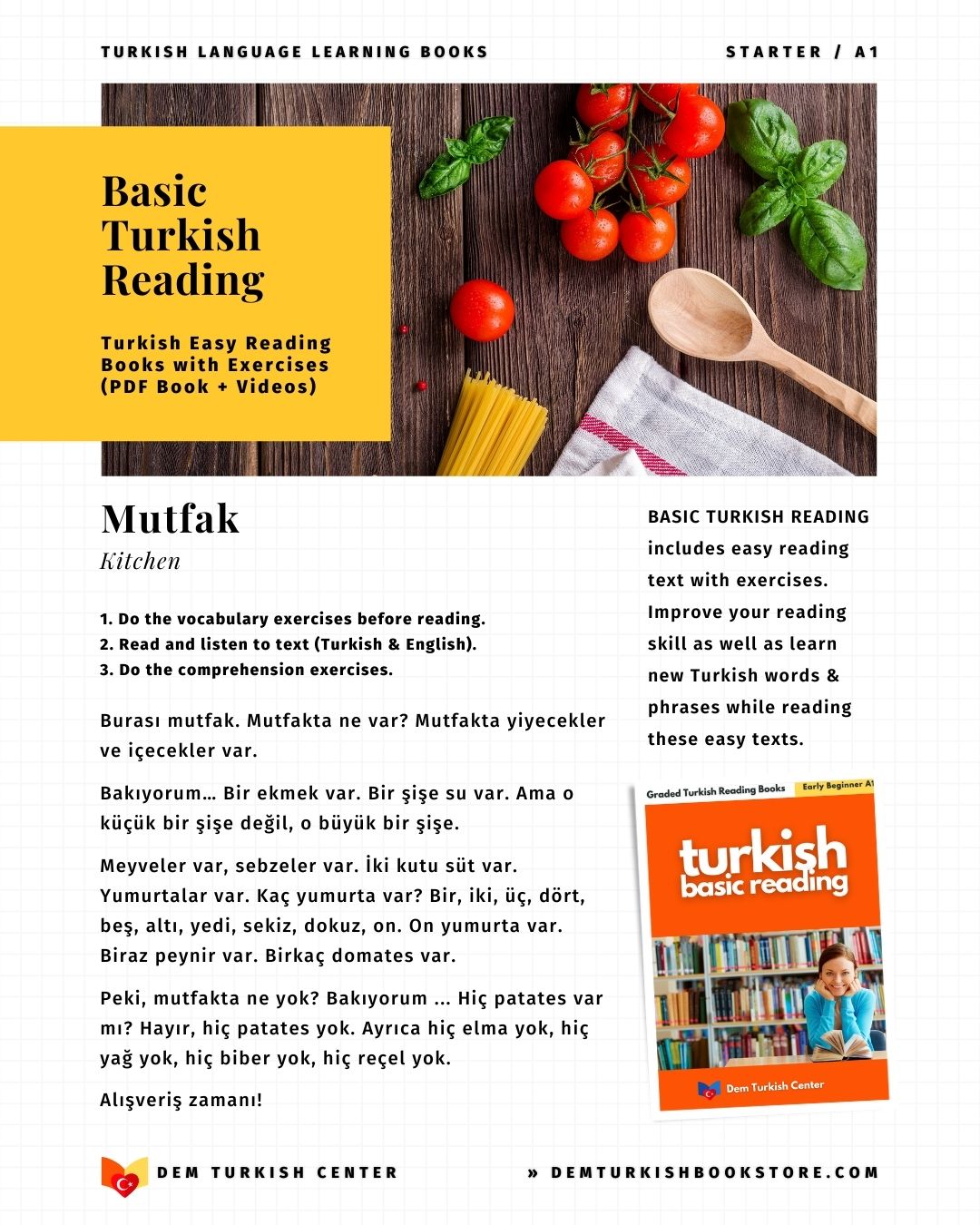
Turkish Coffee: A Journey Through History and Flavor
Few nations have a deep and persistent cultural bond with coffee as Turkey does, despite the fact that many have their own distinctive brewing techniques. Turkish coffee, which is loved all over the world and has a rich history and culture, is more than just a beverage.
The rich history of Turkish coffee will be examined in this piece, along with the background of Kurukahveci Mehmet Efendi, one of the country's most recognizable coffee brands, and the salient features of Turkish coffee. Along with teaching you some important Turkish coffee-related terminology and phrases, we'll also show you how to prepare Turkish coffee at home.
Learning Turkish? Become a member and get the full access to the bookstore - for 1 year!
TURKISH COFFEE: A JOURNEY THROUGH HISTORY AND FLAVOR
Download Turkey & Turkish posters: Turkish Coffee Dictionary
History of Turkish Coffee
The origins of Turkish coffee can be traced back to the 16th century when coffee was introduced to the Ottoman Empire through Yemen, which was part of the empire at the time. Coffee quickly became a cultural staple in the region, and the brewing method began to take on its unique form.
How to make authentic Turkish coffee
In 1554, the first coffeehouse in Istanbul was opened, and it didn’t take long for coffeehouses to spread across the empire. These coffeehouses became lively places for intellectual and social gatherings. They were not just places to drink coffee, but spaces for poetry, music, and political discussions.
The method of brewing coffee in a small pot known as a "cezve" was developed during this time and became a defining feature of Turkish coffee. The coffee was ground to a fine powder and brewed slowly over low heat. It wasn’t until the 17th century that Turkish coffee began to spread to other parts of Europe, including Vienna and Paris, where it would go on to influence the development of coffee culture.
In 2013, UNESCO recognized Turkish coffee as an Intangible Cultural Heritage, solidifying its importance in Turkish culture and its recognition as a unique and valuable part of global coffee history.
Kurukahveci Mehmet Efendi and Turkish Coffee
One of the most famous names associated with Turkish coffee is Kurukahveci Mehmet Efendi. Founded in 1871 by Mehmet Efendi, the company revolutionized the coffee industry by becoming one of the first to offer pre-ground coffee.
For generations, the brand has been synonymous with quality and consistency, ensuring that people across Turkey and beyond can enjoy the authentic taste of Turkish coffee.
Kurukahveci Mehmet Efendi's approach to Turkish coffee is traditional: they use high-quality, Arabica beans that are carefully roasted and ground to the finest texture.
The company’s coffee is ground to the perfect consistency for Turkish coffee, ensuring that every cup brewed has the characteristic foam and rich taste that Turkish coffee lovers cherish.
Today, Kurukahveci Mehmet Efendi’s brand remains iconic, with its coffee available in homes, cafes, and coffeehouses around Turkey and in many countries worldwide.
The company has become an essential part of Turkish coffee culture, keeping the centuries-old tradition alive for modern generations.
Characteristics of Turkish Coffee
Turkish coffee is distinct from other coffee styles in several ways, from its preparation to its taste and texture. Here are the main characteristics that define Turkish coffee:
Fine Grind
Turkish coffee is made from very finely ground coffee beans, almost powdery. This fine grind is essential for creating the dense and rich texture of Turkish coffee.
Unfiltered Brew
Unlike drip coffee or espresso, Turkish coffee is brewed directly in the cup or cezve, with the ground coffee remaining in the brew.
There’s no filter to remove the grounds, so they settle at the bottom of the cup, giving the coffee a thick and intense texture.
Foam
One of the defining features of Turkish coffee is the foam. When brewed properly, Turkish coffee develops a creamy foam on top, which is highly prized.
The foam is an indication of a well-prepared cup and is often served as a sign of respect.
Sweetness
Turkish coffee can be served in three different sweetness levels: "sade" (plain, unsweetened), "orta" (medium sweet), and "şekerli" (sweet). The amount of sugar added is integrated into the coffee during brewing, giving it a smooth sweetness that complements its rich flavor.
Serving Style
Turkish coffee is typically served in small cups, often in elegant *çay* (tea) glasses, along with a glass of water. It’s common to serve Turkish delight alongside it, adding to the overall experience.
How to Make Turkish Coffee
Making Turkish coffee at home may seem complicated, but it’s actually quite simple once you understand the basics. Here’s a step-by-step guide to help you brew a perfect cup of Turkish coffee.
Ingredients
- 1 cup of cold water (use the coffee cup to measure)
- 1-2 teaspoons of Turkish coffee (depending on your preference)
- Sugar (optional, depending on your sweetness level)
- A cezve (Turkish coffee pot)
Instructions
- Measure the Water Start by measuring the amount of water you need, using the coffee cup as a guide. Pour this water into the cezve.
- Add the Coffee and Sugar Add 1-2 teaspoons of Turkish coffee into the cezve. If you prefer it sweet, add sugar now (1 teaspoon for "orta", 2 teaspoons for "şekerli").
- Stir and Heat Stir the mixture gently to combine the coffee, water, and sugar. Place the cezve over low heat and allow the coffee to heat slowly.
- Watch for Foam As the coffee heats, it will begin to foam. When the foam starts to rise, remove the cezve from the heat briefly, then return it to the heat. Repeat this process 2-3 times to develop the foam.
- Serve Once the coffee has foamed and simmered, pour it into small cups, making sure to divide the foam evenly between them.
- Enjoy Let the coffee settle for a minute, allowing the grounds to settle at the bottom of the cup. Sip slowly and enjoy!
Turkish Coffee Words and Phrases
Here are some key Turkish coffee-related words and phrases that will help you navigate Turkish coffee culture:
- Kahve = Coffee Bir kahve alabilir miyim? Can I have a coffee?
- Türk Kahvesi = Turkish Coffee Ben Türk kahvesini çok seviyorum. I like Turkish coffee so much.
- Cezve = Coffee Pot Türk kahvesi yapmak için cezve lazım. You need a coffee pot to make Turkish coffee.
- Şekerli = Sweet, with sugar Ben şekerli kahve sevmiyorum. I don't like my coffee sweet / with sugar.
- Sade = Plain, Unsweetened Bir sade kahve lütfen. One unsweetened coffee, please.
- Orta = Medium Sweet Bir orta şekerli kahve istiyorum. I want a medium sweet coffee.
- Telve = Coffee Grounds Türk kahvesinin telvesi çok yoğun. The coffee grounds of Turkish coffee are very thick.
Turkish coffee is more than just a drink – it’s a cultural tradition that has withstood centuries. From its rich history to the careful craftsmanship of brands like Kurukahveci Mehmet Efendi, Turkish coffee is an experience worth savoring. Whether you enjoy it alone, with friends, or as part of a social gathering, Turkish coffee is sure to bring you a taste of Turkey’s rich cultural heritage.
ARE YOU LEARNING TURKISH?
Learn Turkish yourself with Dem Turkish Center!













